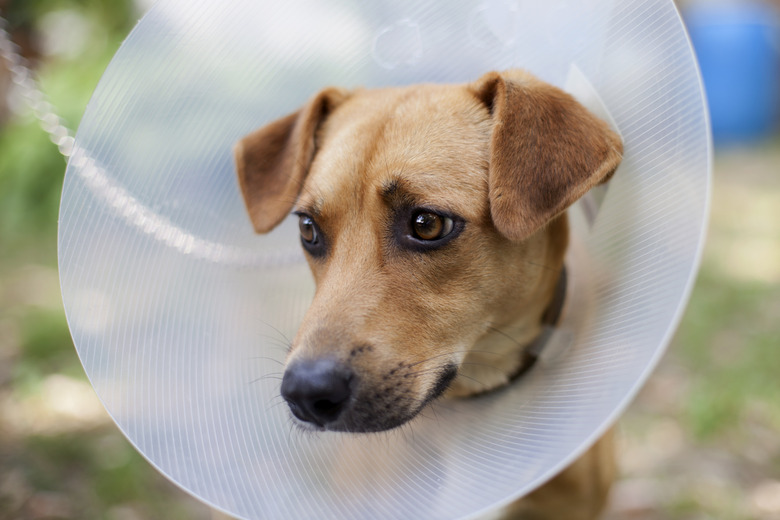Triple Antibiotic Ointment On Dogs
Triple antibacterial ointment for dogs is an important component of your dog wound care kit. It is nonprescription, and you can use it to treat minor cuts, scrapes, and abrasions. It is not appropriate to use in all situations, though, so be sure to consult your veterinarian, especially if the wound is deep or shows signs of infection. Most dogs won't experience any side effects, but there are some safety considerations to keep in mind.
Triple antibiotic ointment ingredients
Triple antibiotic ointment ingredients
Triple antibiotic ointment contains three main ingredients: bacitracin, neomycin, and polymyxin B. It is designed for and approved for topical use in humans and can be applied to minor scrapes and abrasions three times per day to prevent infections. These ointments not only kill live bacteria on the wound site but also create a barrier that prevents new bacteria from entering the wound.
Antibacterial ointment for dogs
Antibacterial ointment for dogs
If your pup has a minor wound, start by applying pressure to stop any active bleeding. The next step in dog wound care is to clean the cut to make sure that it is clear of all debris and isn't deeper than you think. You can do this with a saline solution and clean gauze or cloth.
Once the wound is clean, pat it dry and then apply a thin layer of triple antibiotic ointment. If the wound is in a location where your pup can lick it, you can apply a bandage or use an Elizabethan collar on your dog. Keep in mind that while it is generally safe, triple antibiotic ointment is not approved for use with dogs, so you should always consult your veterinarian before using human medications on your pup.
Consult your veterinarian
Consult your veterinarian
Not all wounds should be treated at home. If the bleeding doesn't stop within 10 minutes or the blood is coming out in a pulsing manner, your dog may have damaged an artery and will need veterinary treatment. If you are unable to remove all of the debris from the wound, consult your vet because these foreign bodies can cause infection or prevent the wound from healing.
In addition, not all infections can be treated with a topical ointment. If your pup has a bad odor from the wound; if the redness, swelling, and pain are significant; or if the wound doesn't seem to improve within a couple days, consult your vet. She may prescribe oral antibiotics or other treatment options.
Triple antibiotic safety concerns
Triple antibiotic safety concerns
While the ingredients in triple antibiotic ointments are generally safe for dogs, they aren't without risk. Some dogs may have an allergic reaction to the ointment. Monitor the application area for symptoms, such as minor inflammation, redness, scaly skin, and itching.
In addition, make sure that your dog doesn't eat or lick off the ointment. This can cause an upset stomach, and the ointment may kill the beneficial bacteria in your pup's digestive system, causing further gastrointestinal problems.
These products should not be used as an antibiotic ointment for dog ear infections. This is because one of the ingredients, neomycin, may cause hearing loss. This side effect was seen when the antibiotic was used as an injectable treatment. However, since it is unknown how much of the antibiotic is absorbed through the skin, it is best to avoid using it in your pup's ears or if you know your pup has ear or hearing problems.
Alternative antibacterial treatments
Alternative antibacterial treatments
Instead of using a medication designed for humans, consider an alternative treatment option. There are antibiotic products, such as Vetricyn and Sulfodene, that you can purchase over the counter for use on animals. Your dog doesn't necessarily need antibiotic treatment for mild wounds, and simply keeping the wound clean and dry is enough for proper healing.
